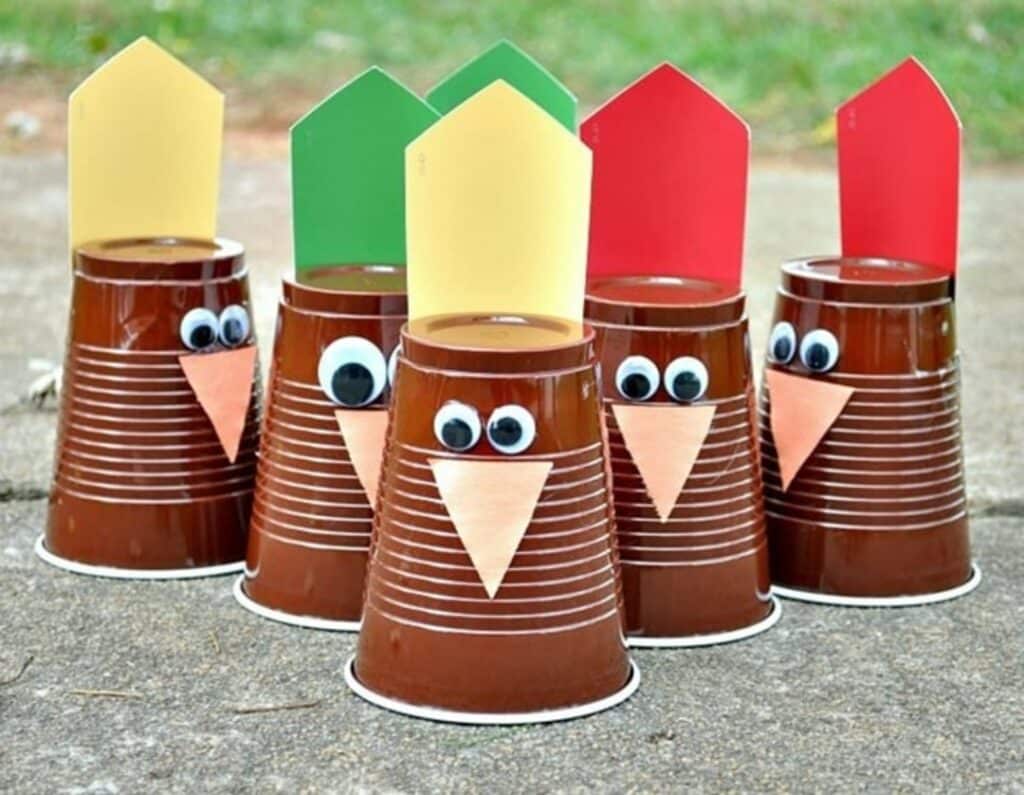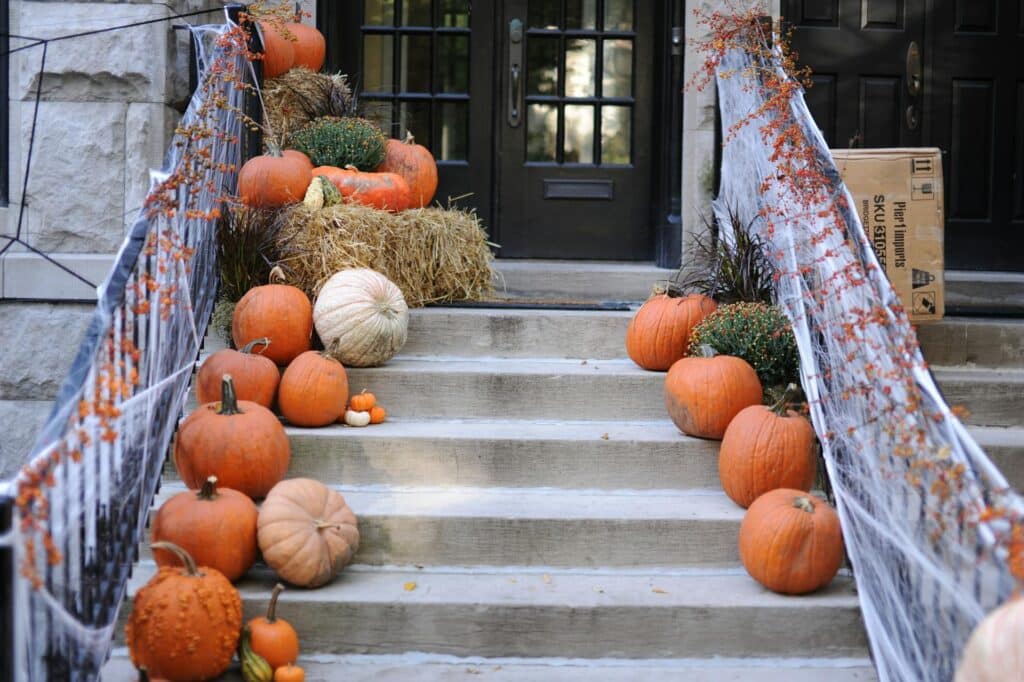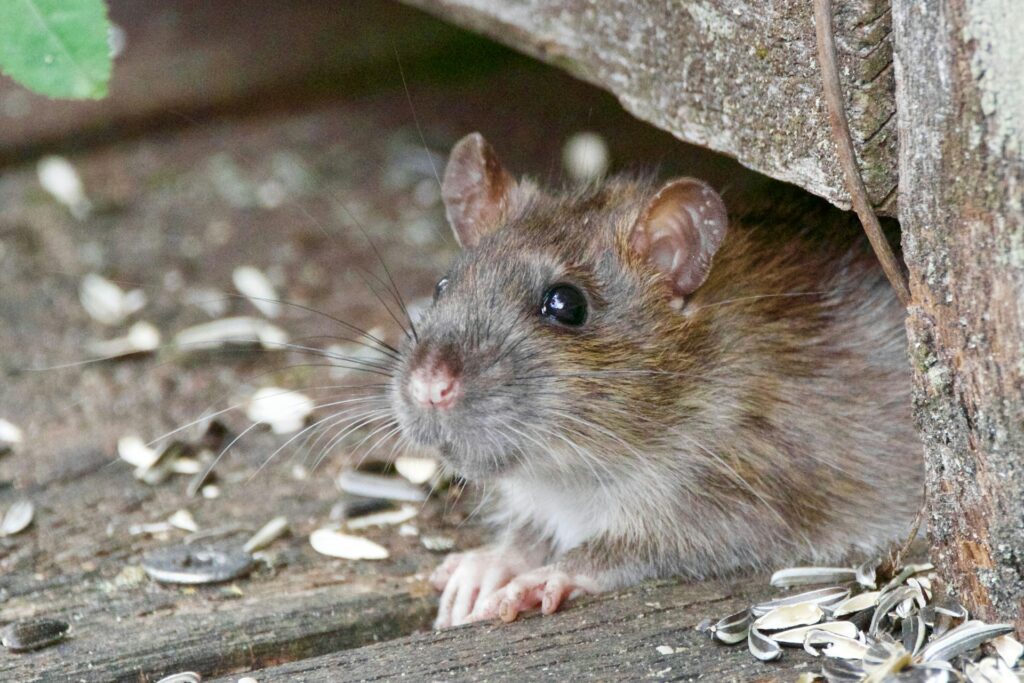There’s no getting around it: the cold weather brings a long list of home maintenance responsibilities that can’t be avoided. Neglecting these responsibilities could result in costly repairs and a potentially damaged home. Even if you reside in a warmer region that gets little to no snow, we still recommend abiding by the following safety tips to keep your home in good working order throughout the year.
Protect Your Pipes
Your parents’ constant warnings may have been annoying growing up, but they weren’t wrong: it’s important to maintain your plumbing when the weather dips below freezing temperatures. When a pipe freezes, any remaining water left in the pipes freezes, expands, and can often result in the pipe bursting, which may unleash a torrent of water throughout your home. Not only can this cause structural damage, but it will increase the likelihood that mold will grow in the affected areas.
To protect your home against the damage frozen pipes bring, invest in insulation for any pipes located along exterior walls, such as in your garage, basement, or bathroom. For really cold days, leave a slow drip of cold water running from your faucets. A continuous stream of water helps prevent water from collecting in your pipes and eventually freezing. We also recommend leaving doors and cabinets open to improve airflow to the exterior walls that contain these pipes.
Clean the Vents
After a hot summer, your home’s supply and return vents may be clogged with dust, allergens, and other particles. An unclean air vent can not only worsen allergies and cause mold to grow, but it will also decrease the efficiency of your HVAC unit, which can lead to a spike in your electricity bill. To properly clean these vents, turn your HVAC system off and unscrew the vent covers in each room of your home. Wipe down the covers to remove the collected dust and debris and then vacuum to remove all remaining particles.
Another vent to pay special attention to is your dryer vent, which helps to clear lint from your machine. If this vent goes too long without being cleaned, it can catch fire or combust. If you plan to run heavy sweaters and thick layers through the dryer this winter, make sure you take extra caution to clean the dryer vent. If you notice your clothes take longer to dry than normal, it’s a sign that it’s time to clean the vent.
Replace All Filters
Just like in your supply and return vents, an old furnace filter can result in dust and dirt circulating throughout your home. A clogged filter may also cause your HVAC unit to overheat and break down. Replace the filter every 3 months to help lower your electricity bill and protect the air quality in your home.
Check Your Detectors
As you’re checking the rest of your home’s appliances, make a point to check the battery life in your smoke and carbon monoxide detectors, as well. Test the batteries; if they’re low or dead, you may be putting your family at risk for carbon monoxide poisoning or even death. It’s also important to check the expiration date of both alarms. A CO detector should be changed after 3-5 years, while a smoke detector should be changed after 8-10 years.
Invest in an Air Purifier
It may seem like a hefty investment up front, but an in-home air purifier can be a worthwhile cost when you factor in the savings from avoided doctor’s visits and limited prescriptions. This nifty gadget can cost anywhere between $200 and $1300, depending on the size and quality of the purifier, and will help remove germs and allergens from the air in your home.
Keep Gutters Clear
Before your region gets hit by an ice storm or snowstorm, clear your gutters of all remaining leaves and debris left over from fall. Clogged gutters may result in a build-up of water and ice, which can lead to extensive damage along your roof and home’s foundation. If you don’t want to climb up to your roof to check for clogged gutters, large icicles hanging from the gutters after an ice storm indicate a potential problem.
Protect Against Pests
Cold weather drives pests like house mice, Norway rats, cockroaches, and brown recluse spiders to search for warm, dry shelter. Because these pests often nest in corners, cracks, and cluttered areas, rooms like the basement, attic, and exterior storage areas often fall victim to pest infestations during winter months. While they’re a nuisance, these pests can also cause major destruction to your belongings if not caught in time.
Spending the time to maintain your home’s appliances will not only protect you from having to pay for an expensive repair later on, but it will also keep your energy bill low and keep annoying pests out of your home. When it comes to protecting your home for winter, following these winter home safety tips will help keep your home in good working order. For more tips for the winter season, or to schedule a pest control treatment, contact your local Aptive Environmental branch today.









